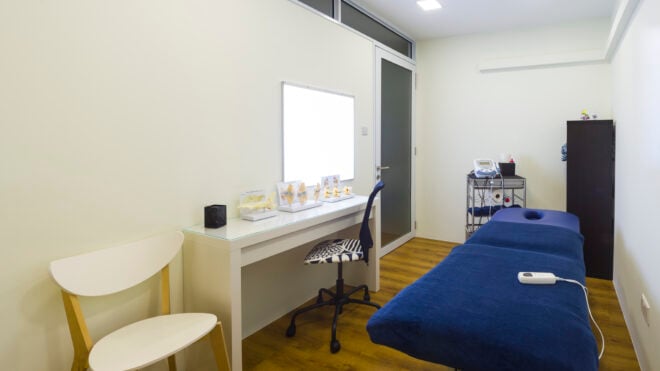I remember taking baths as a child. Before getting in the tub, my mom or grandmother would always remind me to clean under my fingernails and behind my ears.
Today, I wash my nails and ears regularly, just like they taught me. But I no longer swab out my ears with cotton buds.
We all know that earwax builds up over time. Did you know that the color and texture of your earwax can actually tell you a lot about your health?
You might not realize this, but your ears actually have their own way of self-cleaning. They push the earwax out on their own, using the tiny little hairs in your ear canal.
Sticking cotton swabs in your ear can press the wax back in. That leads to earwax buildups, which are not only icky, but also can be painful and disrupt normal life.
You might think you know how to clean your ears, but in order to do it properly and safely, read on below!
Thumbnail Photo: Flickr / Justin Hall
Why You Should Clean Your Ears
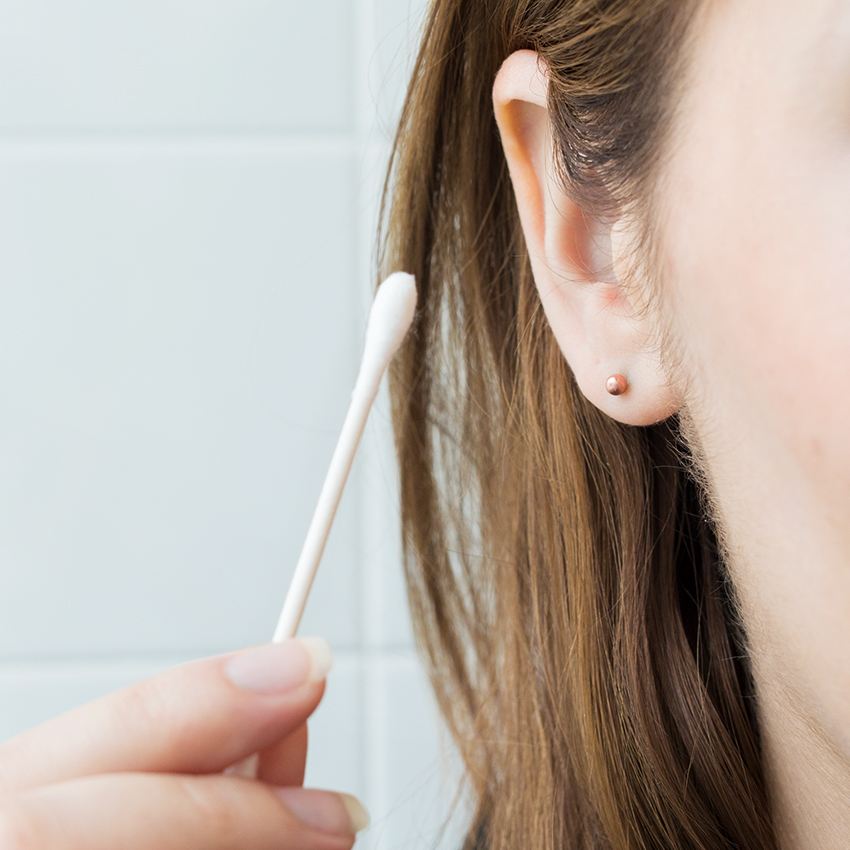
According to the Mayo Clinic, "Earwax is a helpful and natural part of your body's defenses. It cleans, lubricates and protects your ear canal by trapping dirt and slowing the growth of bacteria."
Usually, your ears will clean themselves properly, but once in a while it's helpful to give your ears a hand.
If your earwax starts to build up, you can clean them out in the following ways.
How To Clean Your Ears Without Hurting Them
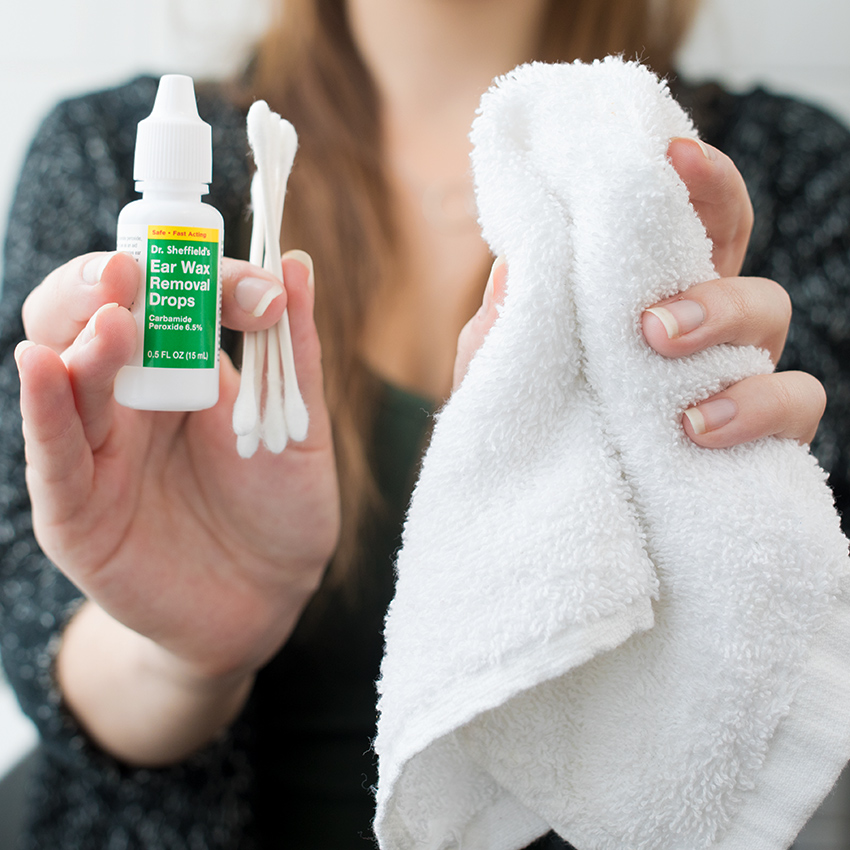
Many of us don't think that much about cleaning our ears, but it's important to do it the right way, otherwise it could actually injure your ears.
Read below to find out more about how to safely clean your ears.
Cleaning Step #1: Only Use Cotton Swabs On The Outside Of Your Ear
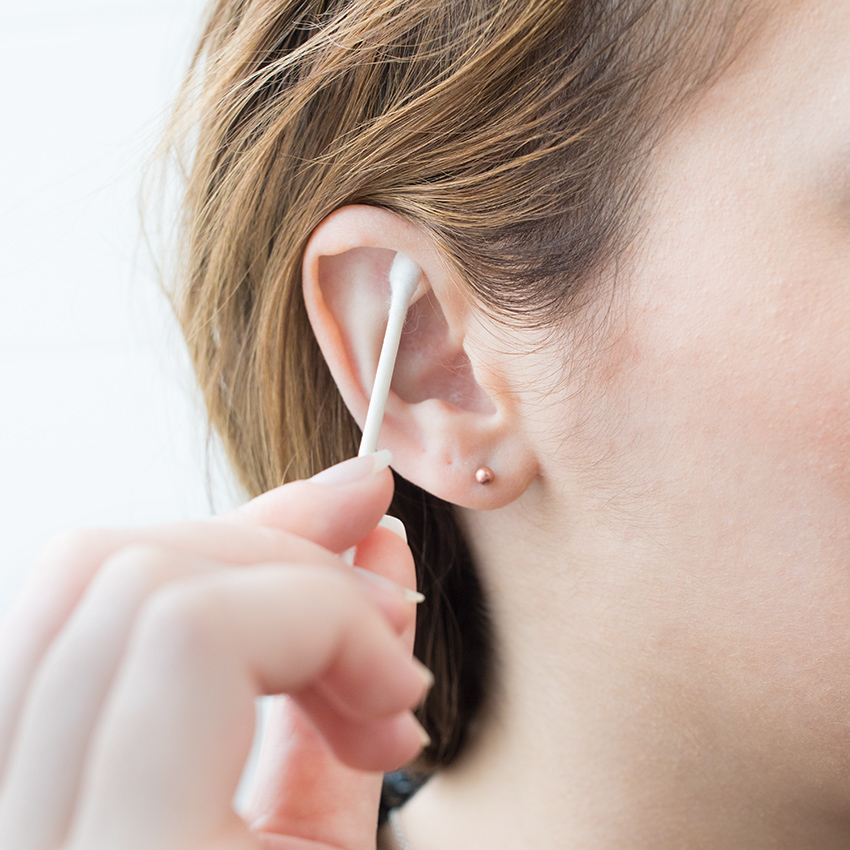
Because cotton swabs can push wax deeper into your ears, you should only use them on the outside of your ears.
Although you shouldn't use cotton swabs in your ear canal, using them on your earlobes and cartilage is perfectly fine.
Cleaning Step #2: Use A Damp Cloth To Clean Your Ear

If you just have a slight wax buildup, you can use a warm, damp washcloth to clean your ears.
When using a washcloth on your ears, don't poke your fingers or the cloth into your ear canal — just wash the outer parts of the ear.
Cleaning Step #3: Use An Earwax Softener
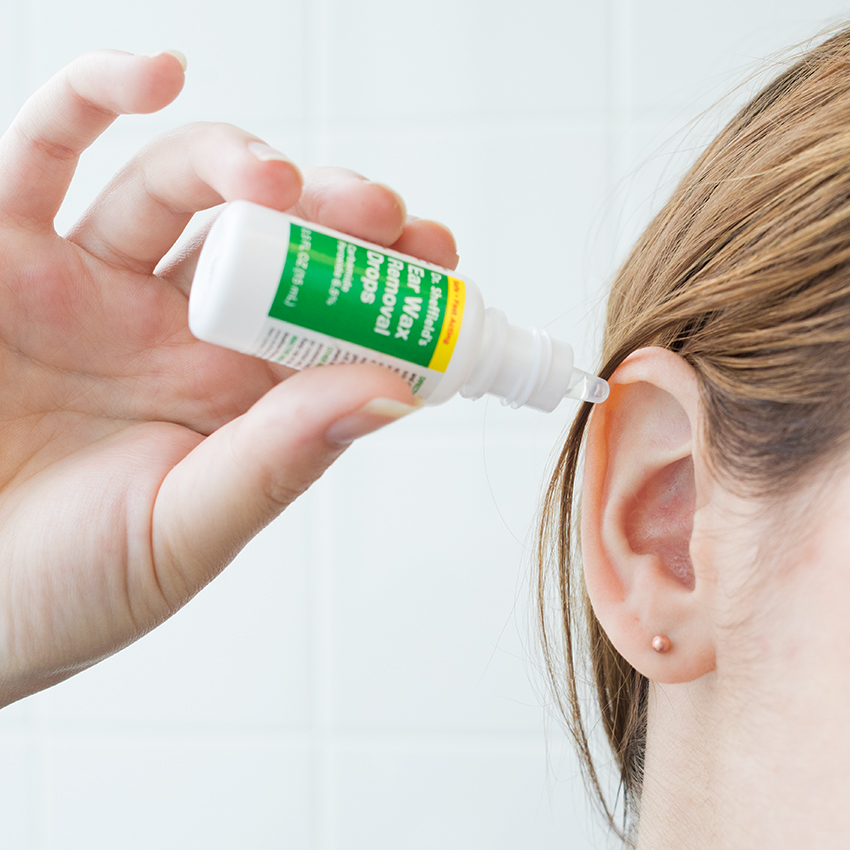
If you feel like the earwax in your ears has started to build up, you can soften the wax to make it easier for your ears to naturally expel it.
The Mayo Clinic explains that you can soften the wax using an earwax softener, a few drops of baby oil, a few drops of mineral oil, a few drops of hydrogen peroxide, or a few drops of glycerin.
Why You Shouldn't Put Things In Your Ears
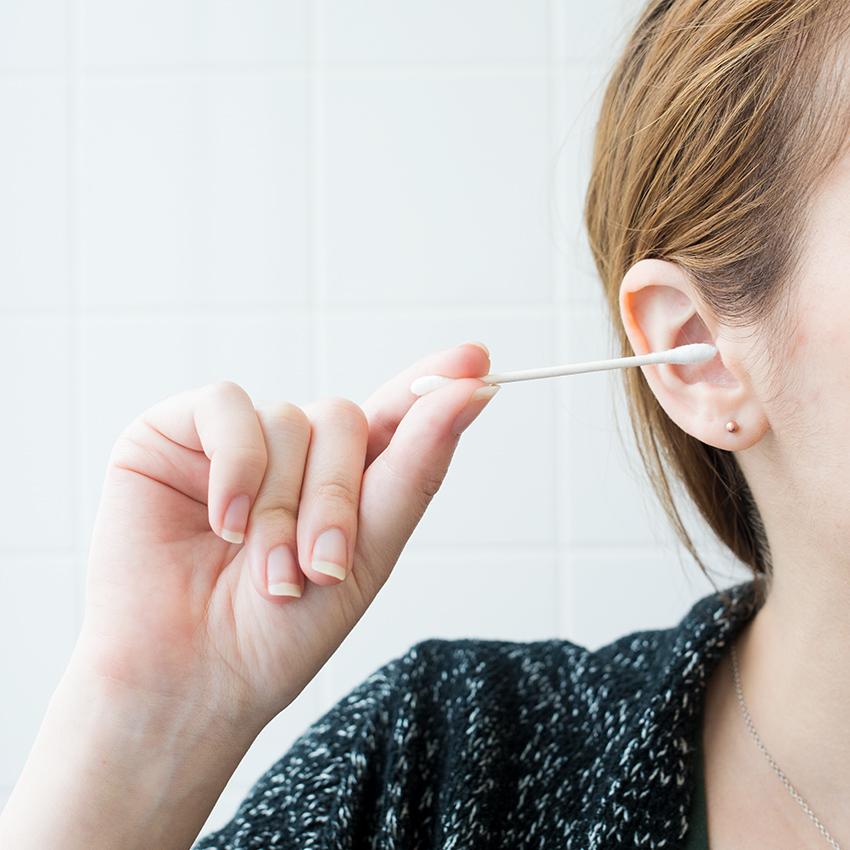
Everyone thinks that using cotton swabs is a great way to clean your ears, but they can actually be extremely detrimental to your ears.
Although they may seem like they clean your ears, cotton swabs actually just push the earwax farther into your ear canal, which can cause painful blockages.
If you dig too deep, you can also end up damaging or even piercing your delicate eardrum.
When in doubt, follow Grandma's rule: "Never put anything smaller than your elbow in your ear."
Signs You Have An Earwax Blockage
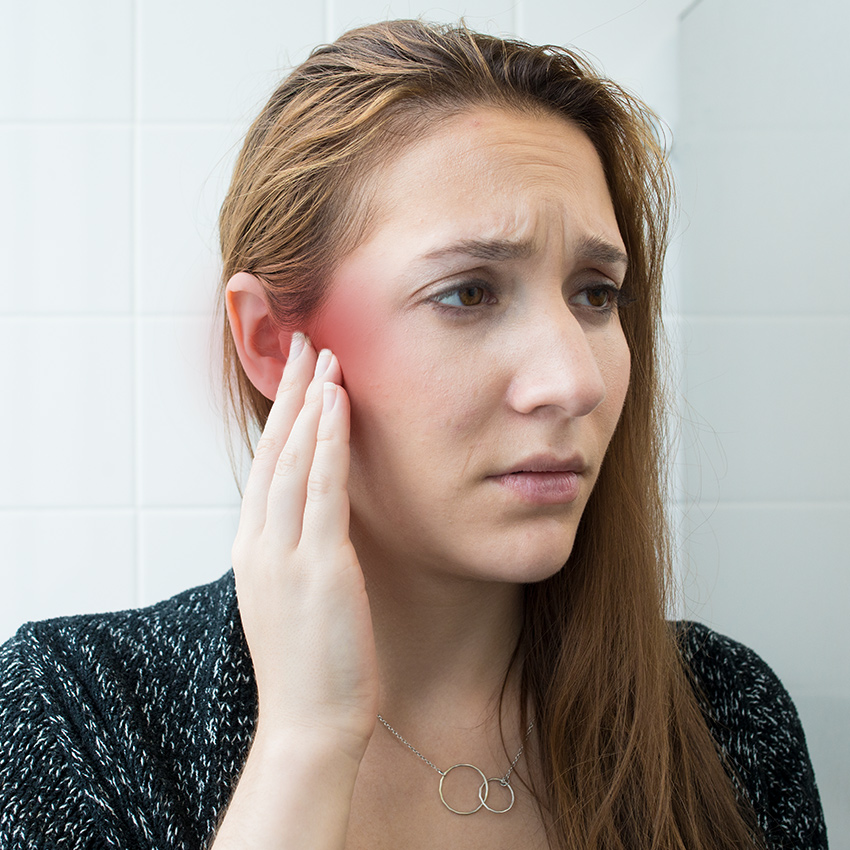
If you have a serious earwax blockage, you may feel some associated symptoms, including ear ringing, decreased hearing, dizziness, earache, and cough.
You may have one or all of these symptoms, but if you notice any, give your doctor a call.
When To See Your Doctor

It's important to seek medical help, because dizziness and lack of hearing can leave you vulnerable to additional mishaps and accidents.
Let your doctor know if you have any of these symptoms — your doctor can determine whether or not there's any wax that needs to be removed, and they can do it safely in their office.
If you think everyone should know how to clean their ears, please SHARE this article with your friends and family!


